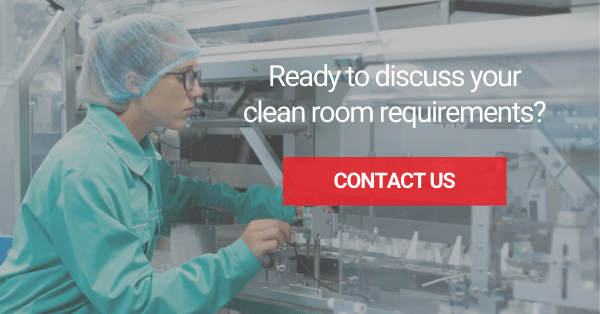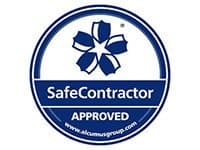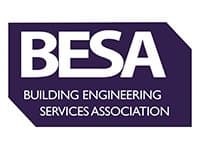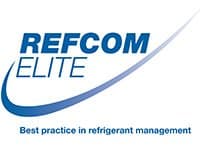Medical device manufacturers depend on cleanrooms to ensure that their products are safe to market. A high priority is given to preventing contamination and promoting hygiene when it comes to medical devices. Healthcare providers are assisted in the diagnosis and treatment by these devices, which can improve patients’ quality of life. So what’s required of a cleanroom to make it safe for medical device manufacture?
Why medical devices require cleanrooms
For any business that requires a space free from contamination or spoilage of products, a Cleanroom is crucial.
By air filtration in the Cleanroom, particulates in the production environment are kept to an absolute minimum. This ensures that no medical device has the potential to cause harm to a patient through dangerous bacteria or contaminants picked up during its manufacture.
For example, a prosthetic hip that is implanted into a human body could be especially dangerous if it introduces bacteria that became attached from its production.
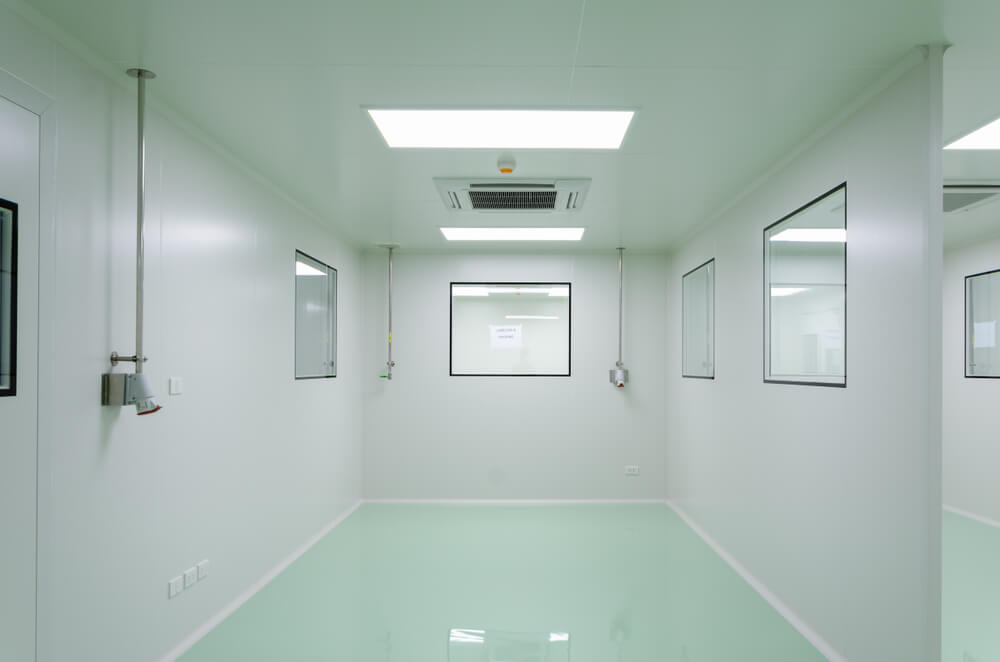
Cleanrooms are used in many industries such as science and technology, production, electronics, medical devices, scientific research, food processing, and more. Manufacturers of medical devices must follow strict regulations in order to ensure their products don’t harm patients they’re meant to help.
According to the Medical Devices Regulations 2002 (SI 2002 No 618, as amended) (UK MDR 2002), A medical device is any instrument, apparatus, appliance, software, material, or other article, including software intended by its manufacturer to be used specifically for diagnosis or therapeutic purposes. They can be used for:
- Diagnosing, preventing, monitoring, treating or alleviating illness
- Support for an injury or disability
- Investigating, replacing or modifying anatomy
- Birth control and contraceptives
There are three classes of medical devices. These are classes 1, 2, and 3. Class 1 devices present the lowest level of risk to patients. For instance, bandages and medical tape fall into this category.
Devices listed under class 2 include infusion pumps, surgical drapes, or powered wheelchairs that are moderately risky to patients.
The highest risk is associated with class 3 devices. Depending on the device, they can benefit or hinder human health, impair safety, or even present potential risks of illness or injury.
Safety Requirements
If you’re making a medical device, you must adhere to the specific part for your product type, which outlines the basic requirements that the device must meet. In order to ensure patient safety, you should always act in line with the legislation of UK MDR 2002.
Every aspect of a product’s lifecycle should be subject to this requirement, including delivery and service.
Manufacturing companies must demonstrate their quality management processes and ensure best practices throughout the entire supply chain. Medical device quality management systems must meet the requirements of this international standard. Because medical devices penetrate the skin and interact with the human body, compliance is paramount. These tools are designed and produced to act alongside the body’s natural systems, so it’s vital that no harmful material is introduced.
How do cleanrooms support medical devices?
A cleanroom counters the numerous challenges to medical device manufacturers, such as controlling airborne particles and microorganisms that could cause contamination. Designing a cleanroom that’s up to standard is essential to developing a safe product since environmental controls are vital to the success of the implementation.
You will need the appropriate space for equipment, materials, and personnel so that cross contamination is avoided when planning a cleanroom facility. Size is an important variable because you should plan for equipment, materials, and personnel so they do not cross-contaminate.
Temperature, humidity, air flow, and other environmental conditions are factors to consider when creating a cleanroom design, whether they pose a risk to contamination, a compromise to the product, or being a threat to the cleanroom environment as a whole.
What cleanroom classifications are used for medical devices?
Medical device manufacturing takes place typically in cleanrooms ranging from ISO 5 (Class 100) to ISO 8 (Class 100,000). Medical device packaging takes place in ISO 7 (Class 10,000) or ISO 8 (Class 100,000) cleanrooms with an ISO 8 (Class 100,000) gowning room.
It’s complicated to maintain cleanrooms and every design should be addressed individually. As devices become more complex and particles become more problematic, facilities lean towards a higher level of classification than the minimum to future-proof their build.
Medical device packaging cleanrooms normally function under ISO Class 7-8 requirements, but as they still have the potential to cause illness, they’re thoroughly regulated to prevent contamination.
A HardWall cleanroom is the best choice of cleanroom for medical device manufacture and packaging. This cleanroom type can meet high-level classification standards. It will allow you to maintain a consistent, contaminant-free environment throughout the entire device manufacturing process.
How medical device cleanrooms are regulated
Several regulatory bodies oversee the manufacturing of these medical devices and multiple regulations are in place to ensure cleanliness.
A group of non-government national bodies, ISO (International Organization for Standardisation) sets and enforces standards for commercial markets in 164 countries.
It published the current edition of ISO 13485 in 2016, which regulates cleanliness and contamination control in the creation of medical products to protect patient safety. Similarly, in 2015, the ISO published ISO 14644, which outlines the required standards for air quality in manufacturing environments.
The World Health Organisation (WHO) has its own set of guidelines for the cleanliness of medical devices in general.
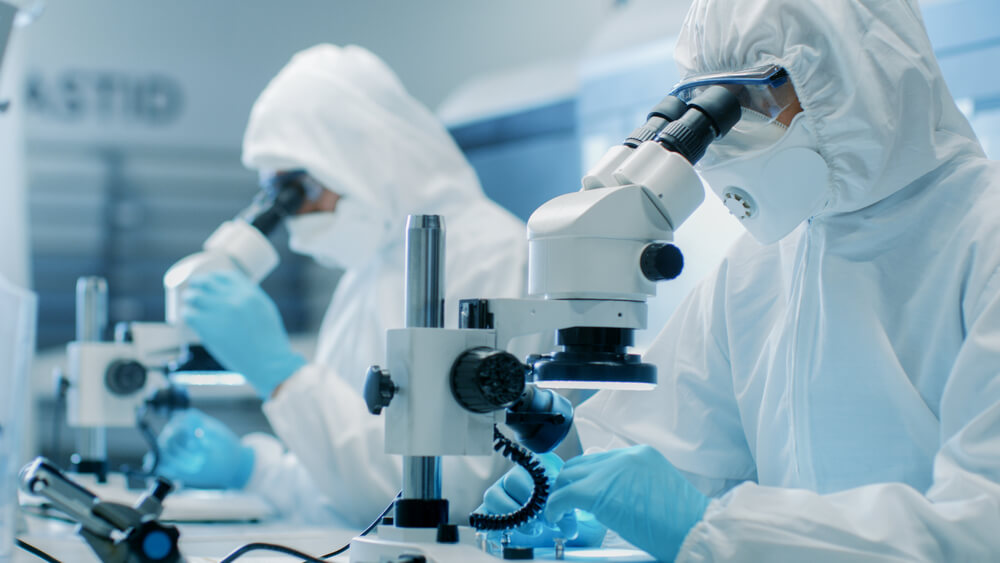
Medical device cleanroom design
In order to ensure that the production of medical devices is safe, cleanrooms must be designed with these guidelines:
- The cleanroom should be a suitable size, and have a good location and construction. This helps to facilitate cleaning, maintenance, and proper operations
- Plan adequate space for organised storage and use of equipment and materials to reduce the risk of contamination
- Allow for a good flow of persons and equipment to move around the space.
- All surfaces must be easy to clean.
- Temperature and humidity must be tightly controlled.
- Air pressure must be positive and airflow HEPA filtered.
- Environmental conditions must be monitored.
- The room and all equipment in it must be fully disinfected.
Total Environmental Kooling can build your ideal cleanroom
Total Environmental Kooling design and install a full range of specialised close control rooms, cleanrooms, thermal rooms and CMM Rooms for engineering, quality control, manufacturing and other applications. We can modify and improve existing rooms or build entirely new rooms depending on client requirements.
With over 20 years of experience, we are experts in this field. Our experts hold CSCS Skill Cards and F-Gas certifications, and our group is SafeContractor, BESA, REFCOM Elite and FSB registered.
Please call us to discuss your specifications and for further information on the projects that we have carried out or have a look at our specialist room FAQs. It’s important to understand which parameters you need to control within your business to get the right bespoke room for your needs. Speak to our team today on 0117 952 3355 or through our contact form to find out more today.
